If you’ve ever looked at a coffee bag and seen words like “floral acidity” or “notes of red berries and chocolate” and thought… what does that even mean?—you’re not alone. Tasting coffee can feel a bit mysterious at first, especially when you’re used to just drinking it, not analysing it.
But learning how to taste coffee properly—like a pro—opens up a whole new world. You start to notice subtle flavours, prefer certain origins or roasts, and appreciate how complex a cup can be. And no, you don’t need to be a sommelier or a barista to get started. You just need curiosity, a decent brew, and a few tips.
1. Start With the Basics: Brew It Right
Before you even get into tasting, it’s important to brew your coffee well. Use freshly ground coffee beans, filtered water, and the right ratio (usually 1:16 coffee to water). If your brew is too bitter, sour, or flat, you won’t get a true taste of the coffee itself.
We recommend trying a French press, pour-over, or AeroPress to start with—methods that highlight clarity and let the natural flavours come through.
2. Smell It First (Really!)
Your nose does most of the work when it comes to tasting. Swirl the coffee gently and smell it before taking a sip. Try to notice:
-
Is it fruity? Nutty? Chocolatey?
-
Does it smell sweet or sharp?
-
Can you link the smell to something you already know—like citrus, toast, spices, or flowers?
You don’t have to get fancy here. If it reminds you of Hobnobs, say it. Your palate is yours.
3. Now, Taste It Properly
Take a small sip and slurp it if you can (yes, really). This helps the coffee coat your whole tongue so you pick up more flavour. As you drink, focus on these three things:
Flavour Notes
These are the individual tastes you can detect—think chocolate, caramel, orange, red berries, hazelnut, etc. They're often a result of the coffee's origin, processing method, and roast level.
☕ Example:
-
Jungle Breeze might taste nutty and chocolatey
-
Morning Mist leans citrusy with floral and earthy tones
You won’t always get the exact notes listed on the bag, but you’ll start to spot patterns in what you enjoy.
Acidity (Not the Bad Kind)
Let’s clear something up: acidity in coffee isn’t the same as sourness.
Acidity refers to the brightness or liveliness of the coffee—like the crispness in a green apple or the tang of a fresh orange.
☕ Good acidity = vibrant, juicy, refreshing
😬 Sourness = under-extracted, unpleasant sharpness
If a coffee tastes harshly sour, it’s probably not brewed properly. If it has gentle citrus or berry-like acidity, that’s a good thing—it adds complexity and balance.
Body
Body is the texture or weight of the coffee in your mouth. It can feel:
-
Light and tea-like (like many African or washed coffees)
-
Creamy and smooth (often Brazilian or Central American coffees)
-
Thick and syrupy (common in espresso or natural process coffees)
Body doesn’t affect taste, but it massively affects your drinking experience—and some people naturally prefer one over the other.
4. Compare and Experiment
Taste two different coffees side by side. It’s one of the best ways to spot the differences. Try a light roast vs a medium-dark roast, or a washed coffee vs a natural. Even if you can’t quite describe the flavours yet, your brain starts to register what makes them different.
Keep a little tasting journal or just make mental notes. Over time, you’ll start to notice your preferences—maybe you love fruity acidity or heavier-bodied coffees. That’s the fun of it.
Final Thoughts
Tasting coffee like a pro isn’t about having a perfect palate—it’s about paying attention, slowing down, and getting curious. The more you practise, the more confident you’ll get. And soon, you’ll be picking up tasting notes you never noticed before.
So next time you brew your favourite Aviary roast, take a moment. Smell it. Sip it slowly. See what comes through. You might be surprised how much your taste buds already know.


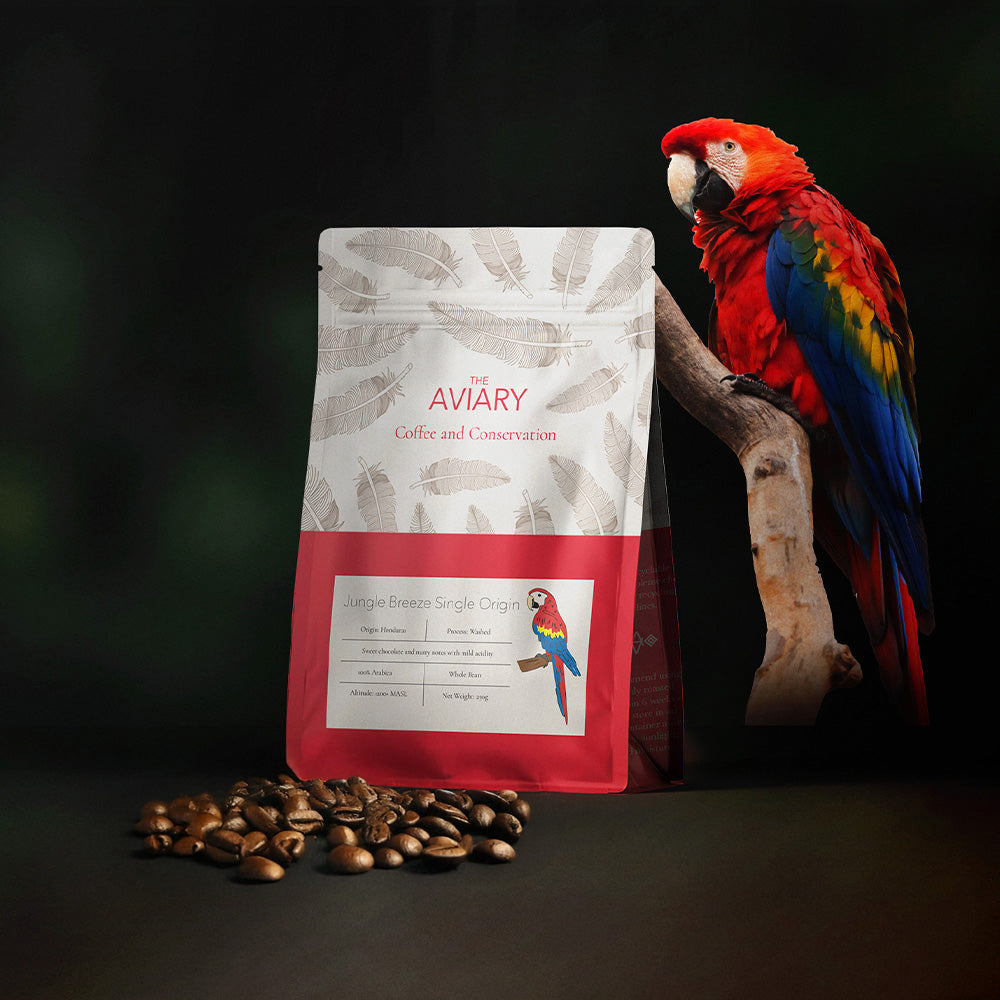


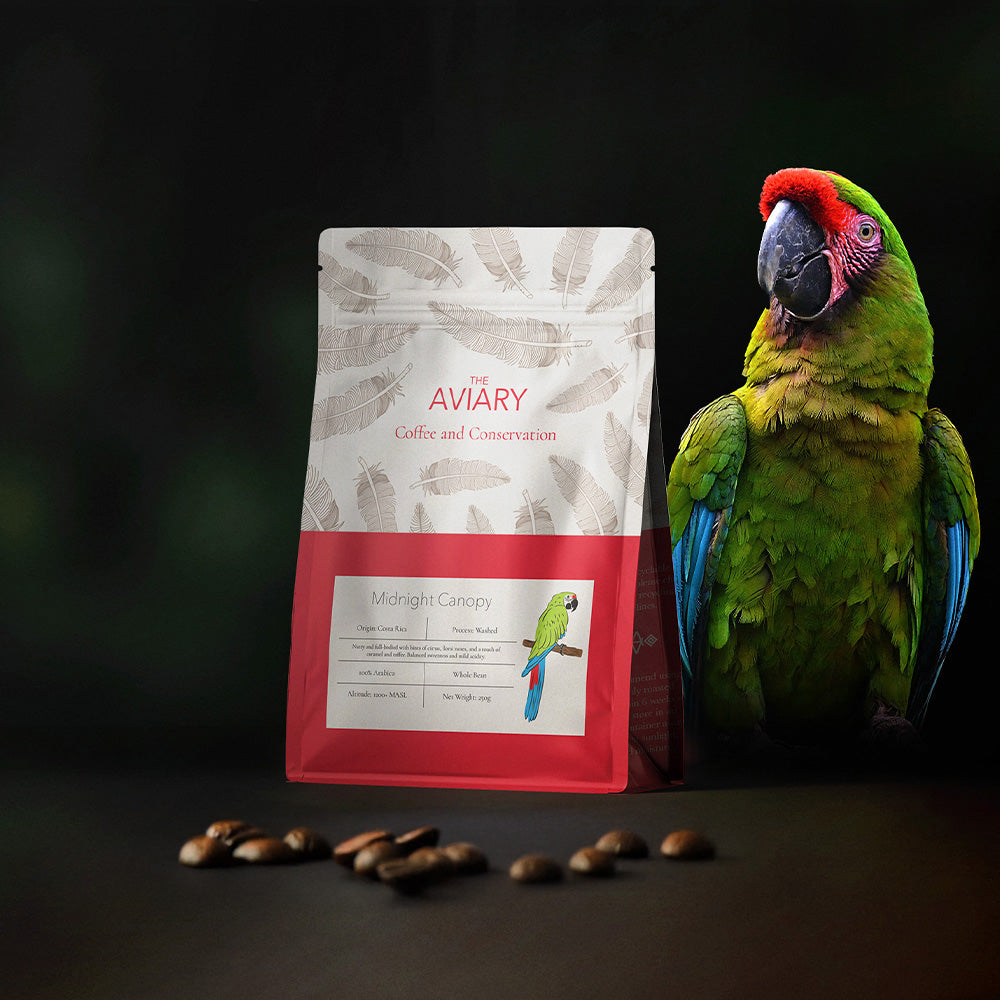
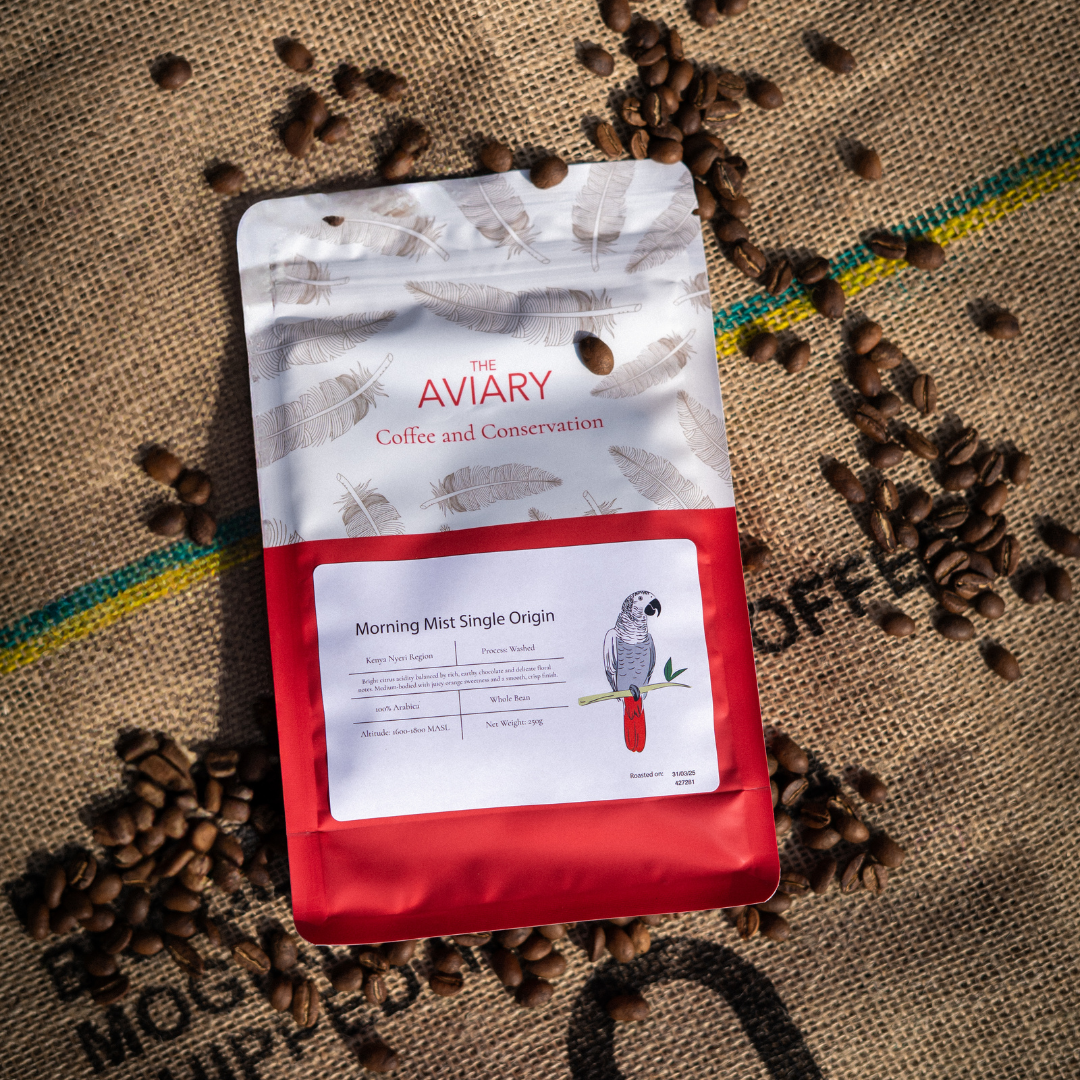
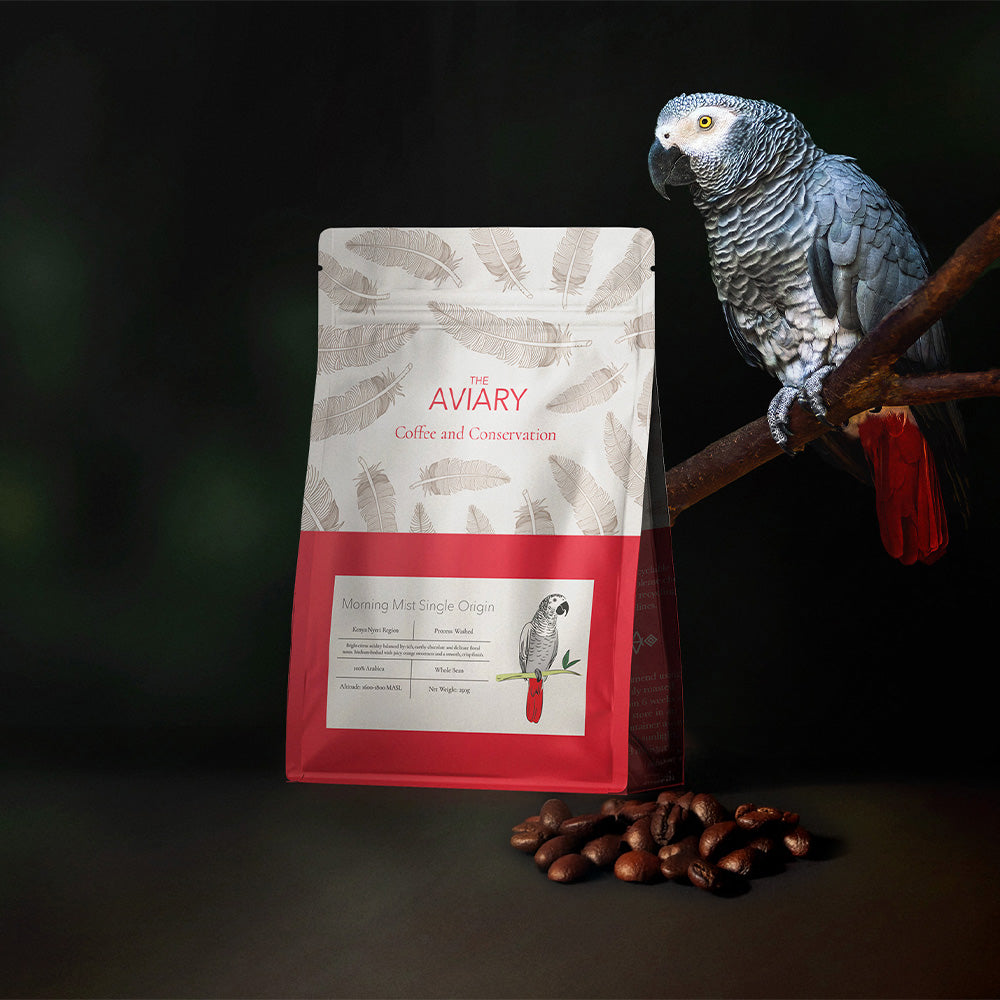

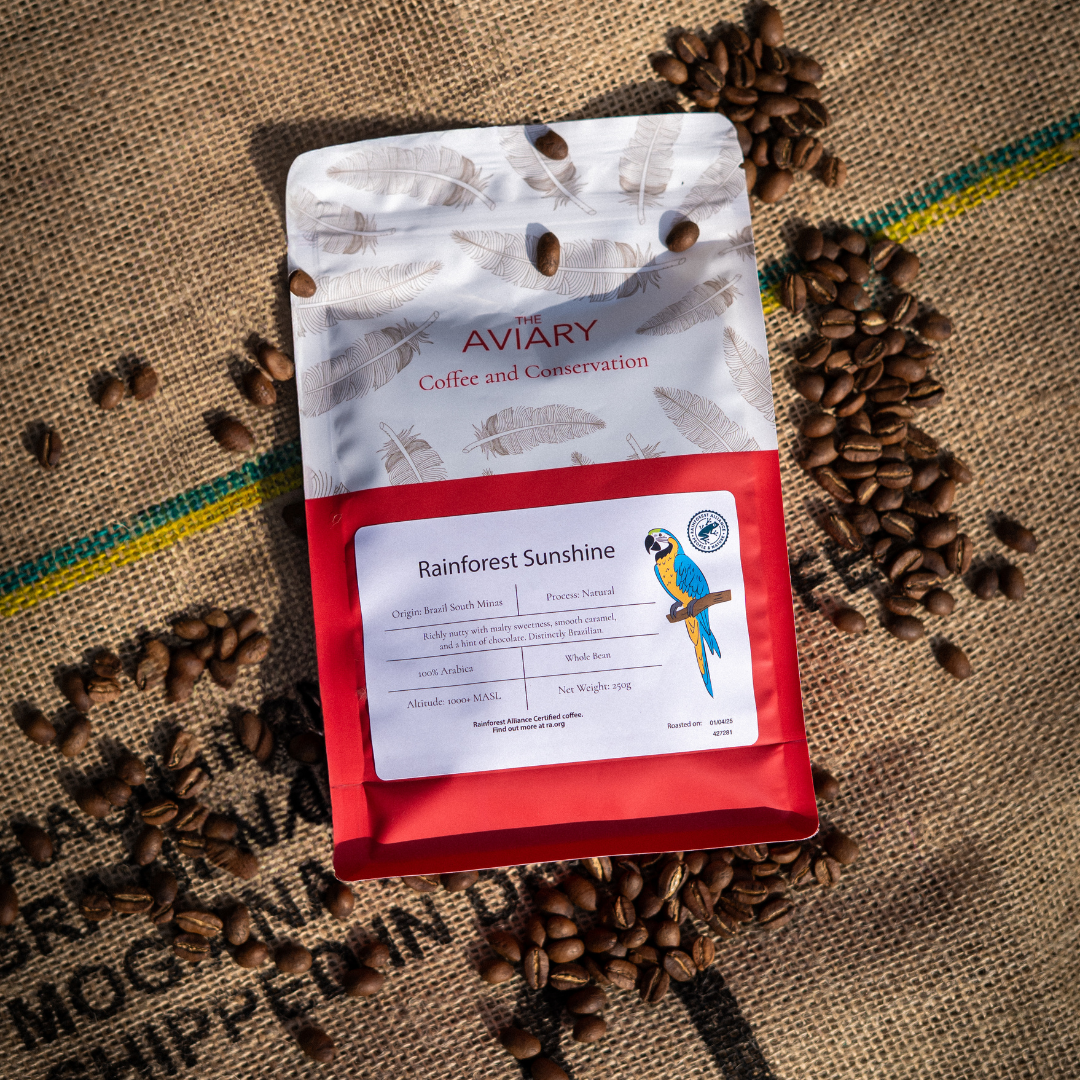
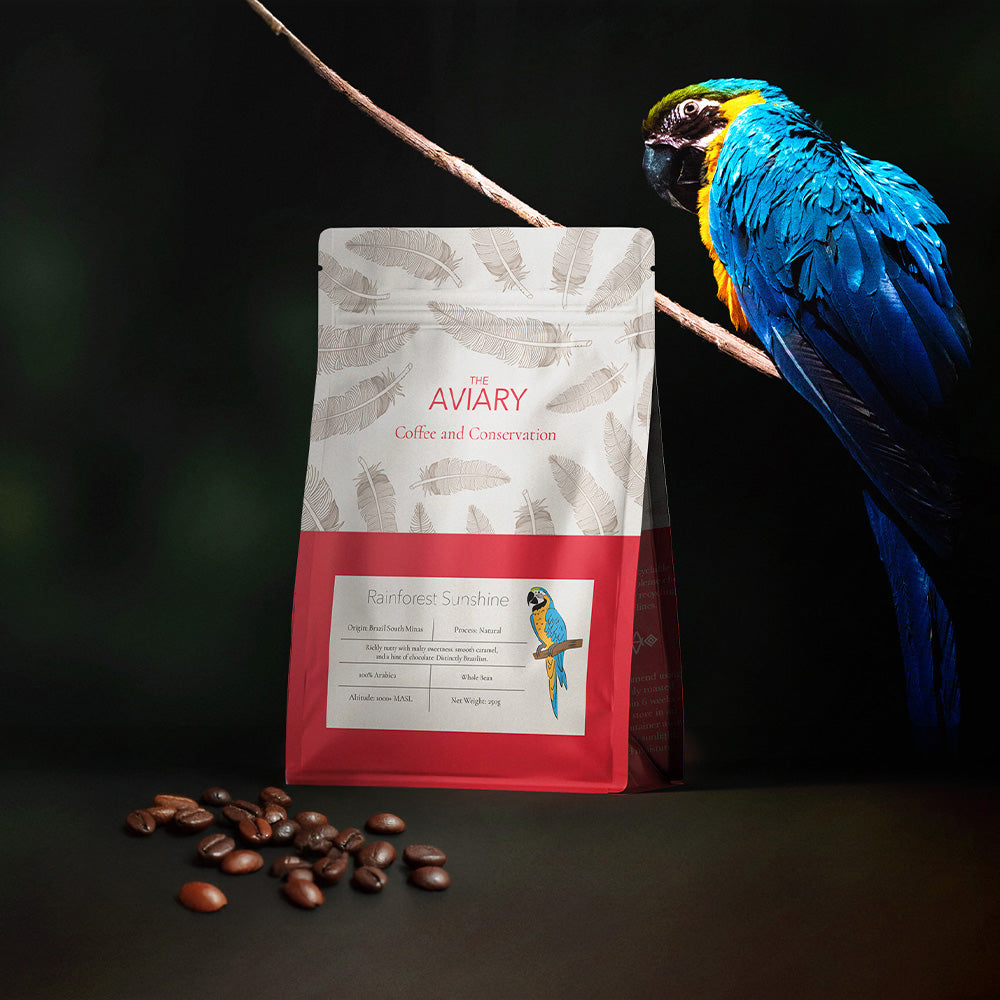


0 comments